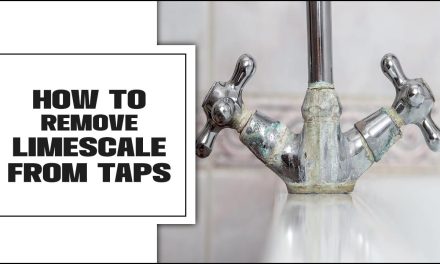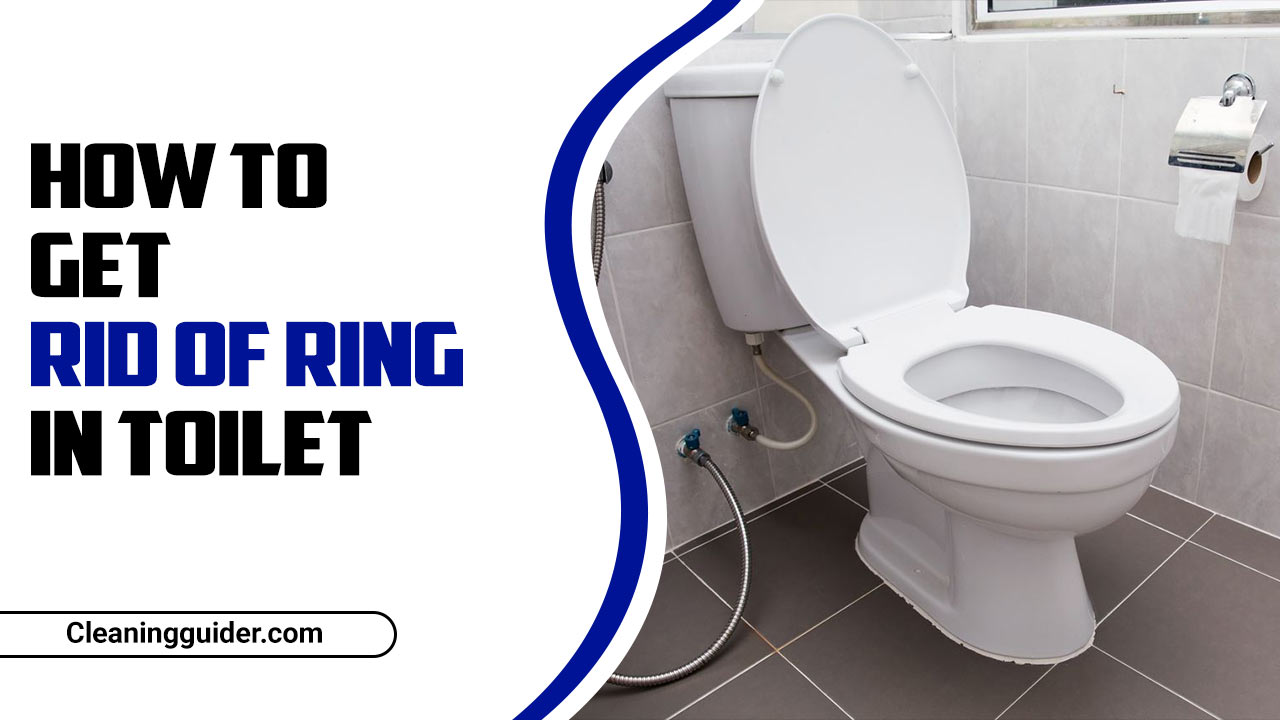A clean and hygienic bathroom is essential for maintaining a healthy and comfortable home. However, one often overlooked aspect of bathroom cleanliness is the faucet handles.
These small yet significant components of the bathroom can harbor a surprising amount of bacteria and germs if not cleaned regularly. Not only can dirty faucet handles be unappealing to look at, but they can also pose a threat to your health and that of your family.
Here, we will discuss how to clean bathroom faucet handles and the importance of cleaning your bathroom faucet handles regularly and provide you with a step-by-step guide on how to clean them effectively.
We will also be covering preventive measures that can ensure your bathroom faucet handles stay clean for longer. Additionally, we will share tips on how to remove hard water stains and deposits from bathroom faucet handles. Stay tuned!

The Importance Of Cleaning Your Bathroom Faucet Handles
Regularly cleaning your bathroom faucet handles is essential to prevent the buildup of grime and germs. By keeping them clean, you contribute to a hygienic bathroom environment. Neglecting to clean faucet handles can result in the accumulation of dirt and bacteria, which is not ideal for maintaining a clean and healthy space.
Additionally, cleaning your faucet handles regularly helps maintain their appearance and functionality, ensuring that they continue to serve their purpose effectively. Properly cleaned handles also ensure clean water for handwashing and other hygiene activities. Don’t underestimate the importance of this simple cleaning task.
How To Clean Bathroom Faucet Handles: A Step-By-Step Guide

Cleaning bathroom faucet handles is an essential part of maintaining a clean and hygienic bathroom. Bathroom faucets are an essential component of any bathroom design. They not only provide functionality but also add a touch of style and elegance to the space.
When choosing a bathroom faucet, it is important to consider factors such as the overall design aesthetic, the type of sink it will be paired with, and the desired level of water flow control. By following these simple steps, you can keep your bathroom faucet handles clean and free from bacteria and grime.
Regular cleaning will not only maintain their appearance but also ensure proper hygiene in your bathroom space. Follow these simple steps on how to clean bathroom faucet handles:
1.Gather Your Supplies

To start cleaning your bathroom faucet handles, make sure you have all the necessary supplies ready. Grab a cleaning cloth, mild dish soap, vinegar, and a toothbrush to ensure you have everything you need. Having these tools and products readily available will make the cleaning process more efficient.
Additionally, it’s a good idea to have a clean, dry cloth or sponge on hand to wipe down the faucet handles once they are clean. This way, you can easily remove any leftover residue and leave the handles looking shiny and fresh.
2.Remove Any Dirt Or Debris
To ensure effective cleaning of your bathroom faucet handles, it’s important to start by removing any visible dirt or debris. Take a dry cloth or toothbrush and gently clear away loose particles from the handles. Pay special attention to crevices and hard-to-reach areas where dirt may accumulate.
This initial step will make the cleaning process more efficient and help maintain the overall cleanliness and appearance of your bathroom sink. By starting with a clean slate, you’ll have a better chance of achieving sparkling faucet handles that enhance the overall aesthetic of your bathroom.
3.Create A Cleaning Solution
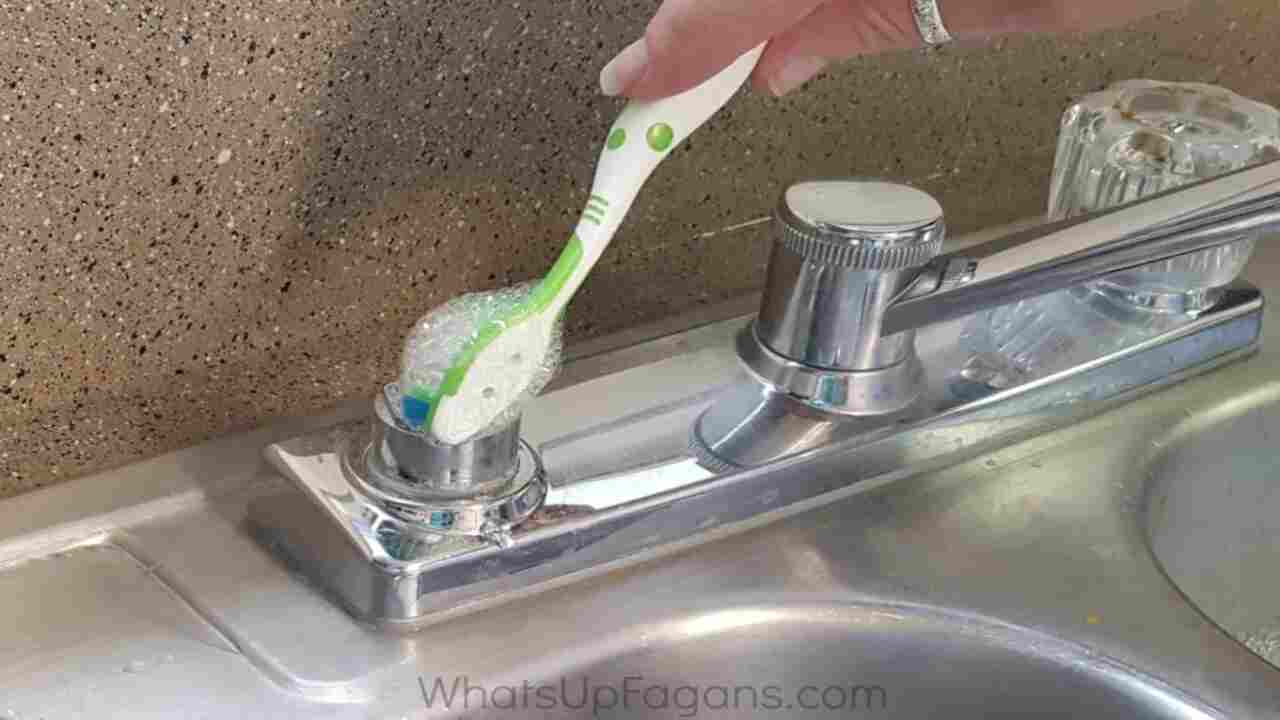
To effectively clean bathroom faucet handles, start by creating a gentle cleaning solution. Mix a small amount of mild dish soap with warm water. This solution acts as a purpose cleaner, breaking down grime and stains on the faucet handles. Ensure the water is warm but not too hot to prevent any damage.
The combination of dish soap and warm water provides an easy way to remove dirt and fingerprints from newer faucets. By using this cleaning solution, you can eliminate mineral buildup and microbial growth, keeping your faucet handles clean and shiny.
4.Dip The Cloth Or Sponge Into The Cleaning Solution
To begin cleaning your bathroom faucet handles, dip a cloth or sponge into the cleaning solution you have prepared. Make sure to squeeze out any excess liquid to prevent dripping water onto the surrounding area. The damp cloth or sponge will be used to effectively clean the faucet handles, removing any dirt or grime that has accumulated over time.
By following this step, you’ll ensure that your handles are thoroughly cleaned and ready to shine. Remember, using the right cleaning solution and technique is crucial for maintaining the appearance and functionality of your bathroom fixtures.
5.Clean The Faucet Handles
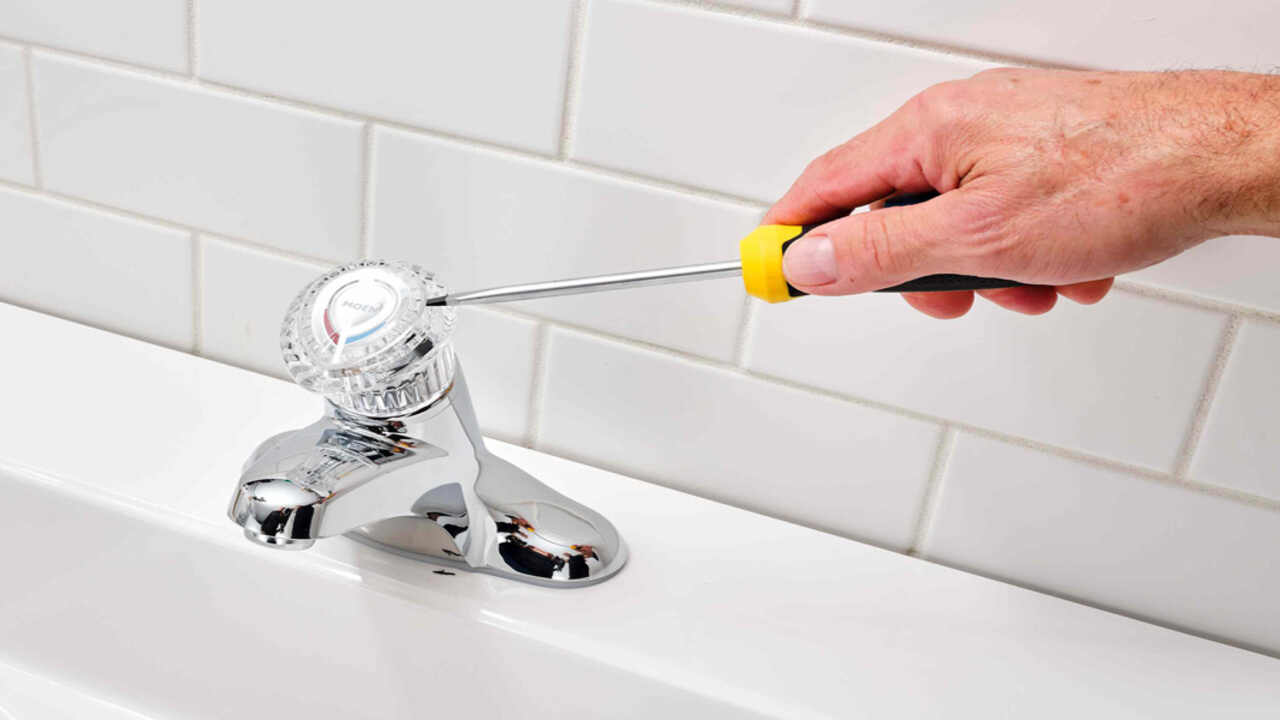
To clean the faucet handles, start by using a damp cloth or sponge to wipe down the entire surface. Pay extra attention to any areas with visible stains or grime. Then, gently scrub the handles to remove any buildup or residue. This can be done using the cleaning solution prepared earlier.
By following these cleaning tips, you can ensure that your bathroom faucet handles stay clean and free from microbial growth. Remember to clean the hard-to-reach areas as well. Rinse with warm water, dry, and shine for a sparkling finish.
6.Clean Hard-To-Reach Areas
To clean hard-to-reach areas on your bathroom faucet handles, use a toothbrush dipped in the cleaning solution provided earlier. The bristles of the toothbrush will effectively scrub away any stubborn grime or buildup that may be hiding in crevices and tight spaces.
Take your time and be thorough in cleaning all areas of the faucet handles to ensure they are spotless. By using a toothbrush, you can easily access those difficult-to-reach places and ensure that every inch of your faucet handles is sparkling clean.
7.Rinse With Warm Water
To properly clean your bathroom faucet handles, start by gathering the necessary supplies, such as a scrub brush, dish soap, and a towel. Before rinsing, make sure to remove any visible debris or buildup from the handles. Apply a small amount of dish soap to the scrub brush and gently scrub the handles, paying attention to small crevices and hard-to-reach areas.
Once you’ve thoroughly scrubbed the handles, it’s time to rinse them with warm water. This helps to remove any remaining soap residue and ensures a clean finish. After rinsing, remember to dry the handles thoroughly with a towel to prevent any water spots or streaks.
8.Dry And Shine
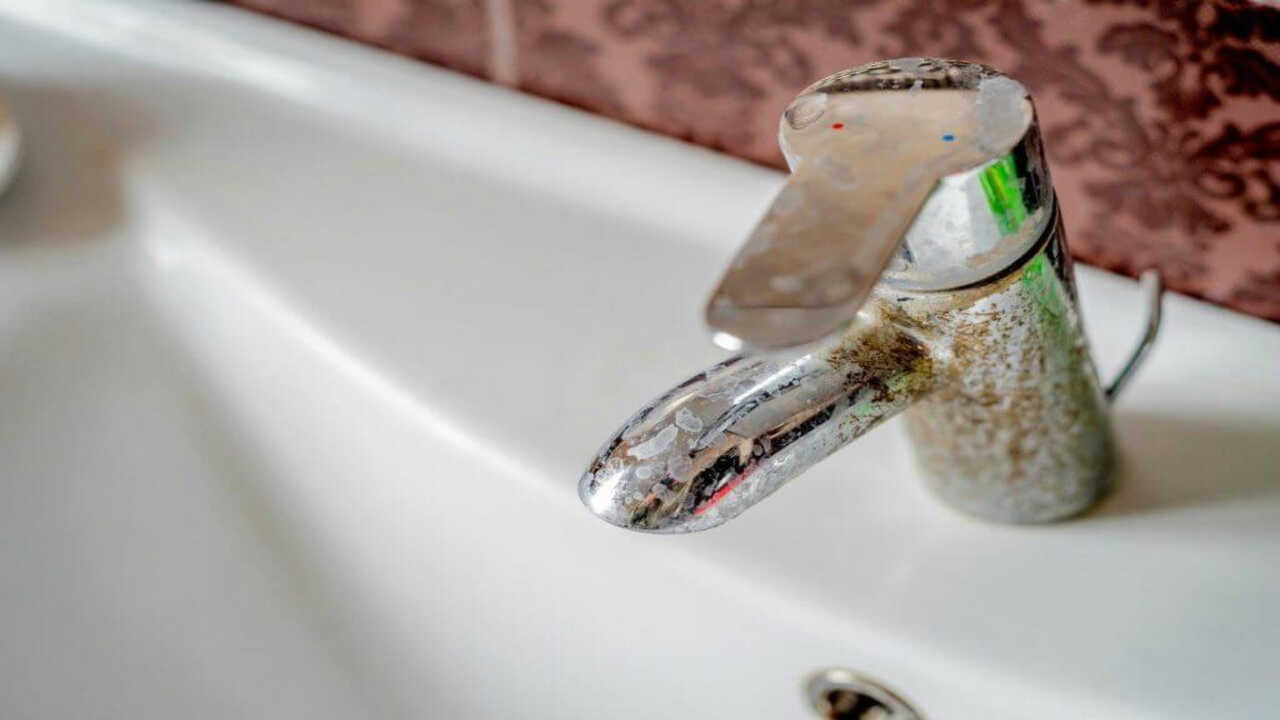
To dry and shine your bathroom faucet handles, gather your cleaning supplies, such as a microfiber cloth, white vinegar, and dish soap. Start by removing any visible debris from the handles. Then soak the cloth in a mixture of water and dish soap and wipe the handles thoroughly, paying attention to crevices and corners.
Rinse the handles with clean water and dry them with a clean cloth. If stubborn stains persist, apply white vinegar to the cloth and wipe the handles. This will leave your faucet handles looking clean and shiny.
How To Remove Hard Water Stains And Deposits From Bathroom Faucet Handles?
Removing hard water stains and deposits from bathroom faucet handles can be a frustrating task. However, with the right tools and techniques, you can restore your faucet handles to their former shine. By following these steps, you can effectively remove hard water stains and deposits from your bathroom faucet handles and restore them to their original clean and shiny condition. Here’s how to do it:
- Start by mixing equal parts white vinegar and water in a spray bottle.
- Spray the solution onto the faucet handles, making sure to saturate any areas with hard water stains or deposits.
- Let the vinegar solution sit for about 10 minutes to allow it to break down the mineral buildup.
- Use a soft-bristle toothbrush or an old toothbrush to scrub away the stains and deposits.
- Rinse the faucet handles with warm water to remove any remaining vinegar residue.
- If necessary, repeat the process for stubborn stains or deposits.
What Are The Preventive Measures To Keep Bathroom Faucet Handles Clean?

Keeping bathroom faucet handles clean is an important part of maintaining a hygienic bathroom environment. By following these preventive measures, you can keep your bathroom faucet handles clean and maintain a sanitary environment in your bathroom. Here are some preventive measures that can help you keep your bathroom faucet handles clean:
- Regular Cleaning: Make it a habit to clean your faucet handles regularly. Use a mild soap or a mixture of vinegar and water to wipe down the handles and remove any dirt or grime.
- Dry After Use: After using the faucet, dry the handles thoroughly with a clean towel or cloth. Moisture can promote the growth of bacteria and mold, so keeping the handles dry can help prevent this.
- Avoid Harsh Chemicals: When cleaning your faucet handles, avoid using harsh chemicals or abrasive cleaners, as they can damage the finish of the handles. Stick to gentle cleaning solutions to protect the integrity of the handles.
- Handle With Care: Be mindful when handling the faucet handles to prevent unnecessary dirt or oils from transferring onto them. Avoid touching the handles with dirty hands, and encourage others in your household to do the same.
How Do I Know If My Toilet Siphon Jet Is Clogged?
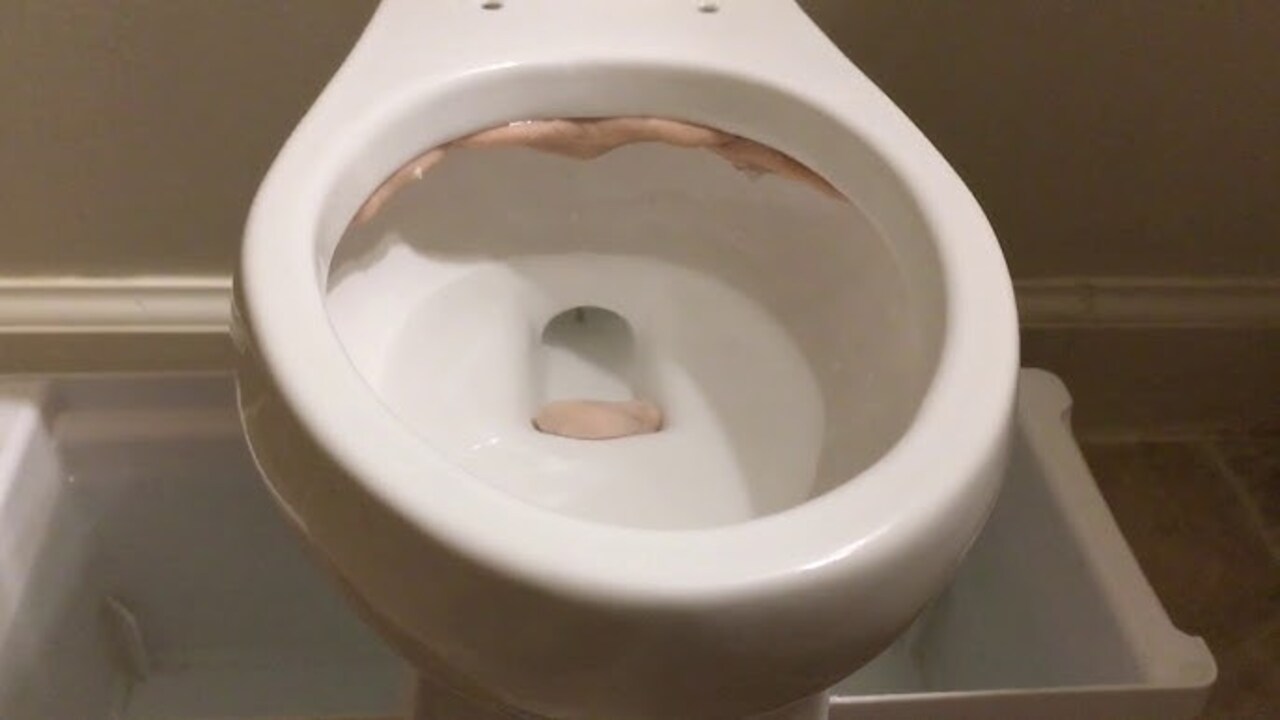
If you suspect that your toilet siphon jet may be clogged, there are a few signs to look out for. One common indicator is a weak flush or incomplete flushing of waste. You may also notice that water levels in the toilet bowl are higher than usual or that the water drains slowly after flushing.
Additionally, if you hear gurgling sounds coming from the toilet or notice a foul odor, it could be a sign that the siphon jet is blocked. In order to confirm whether the siphon jet is indeed clogged, it is recommended to consult with a professional plumber who can assess the situation and provide appropriate solutions.
Conclusion
Taking care of your bathroom faucet handles is essential for maintaining cleanliness and preventing the buildup of dirt and bacteria. By following a few simple steps, you can ensure that your faucet handles are clean and hygienic. Start by gathering your supplies and removing any dirt or debris from the handles.
Then, create a cleaning solution and dip a cloth or sponge into it. Use this to clean the handles thoroughly, paying attention to hard-to-reach areas. Once you’ve cleaned the handles, rinse them with warm water and dry them off to give them a shiny finish.
To prevent hard water stains and deposits, regular cleaning is important. Consider using preventive measures like wiping the handles regularly and investing in a water softener if needed. We hope you know how to clean bathroom faucet handles.
Frequently Asked Questions
1.How Do You Remove Calcification From Faucet Handles?
Ans: To remove calcification from faucet handles, create a cleaning solution by mixing equal parts vinegar and water. Soak a cloth in the solution and wrap it around the calcified area for at least an hour. Gently scrub the area with an old toothbrush or scrub brush to remove the calcification.
2.How Do You Clean The Inside Of A Faucet Knob?
Ans: To clean the inside of a faucet knob, use a small brush or toothbrush. Create a cleaning solution by mixing water and vinegar or using mild dish soap. Soak the knob in the solution for 10-15 minutes, then scrub it with the brush. Rinse thoroughly with water and dry with a cloth.
3.How Do You Clean Buildup On Faucet Heads?
Ans: To clean buildup on faucet heads, you can try soaking them in vinegar or a solution of baking soda and water. After about an hour, use a toothbrush to scrub away any remaining buildup. For stubborn stains, you can use a specialized faucet cleaner. Rinse thoroughly with water after cleaning.
4.How Do You Remove Sediment From Faucets?
Ans: To remove sediment from faucets, start by turning off the water supply and unscrewing the aerator from the faucet head. Soak the aerator in vinegar or a descaling solution for 30 minutes, then rinse and reattach. Regular cleaning of faucet handles can help prevent sediment buildup.
5.Why Should You Clean A Faucet And Its Handle?
Ans: Regular cleaning of your faucet and its handle is essential to prevent the accumulation of grime, dirt, and harmful bacteria. It also helps in maintaining a hygienic bathroom environment and prevents the spread of germs and illnesses. Additionally, keeping your faucet clean enhances the overall appearance and longevity of your bathroom fixtures.

